Conventional wisdom says that if a well-known manufacturer has decided to shoulder the remarkable costs of designing and crafting its own bespoke movement, then the end-product should almost certainly be superior to the off-the-shelf calibers that are easily sourced without any of the additional effort or substantial expense that goes along with the R&D and tooling required to make in-house movements – costs which are directly reflected in the retail cost of the watches powered by in-house movements.
When you look at what actually constitutes a “good” watch movement and key factors like general performance, reliability, and the overall ownership experience, are in-house movements objectively better, or are they simply different and a way for watch marques to inject the perception of prestige into their models?
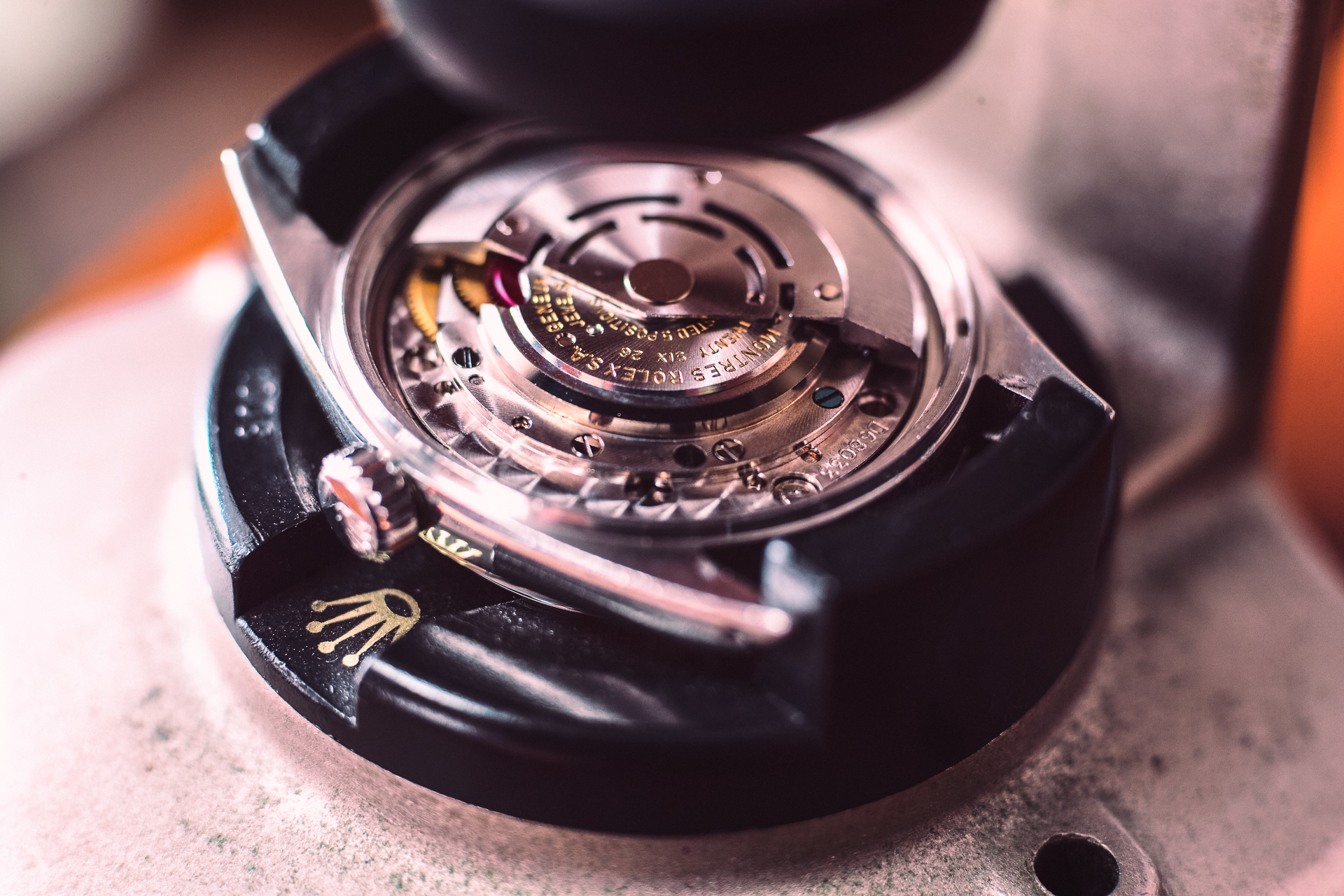
Before we get started, let’s break down the core criteria of what actually makes a “good” watch movement. Excluding individual-specific needs and personal preference, most would agree that an objectively “good” watch movement should excel within the following four categories:
Performance can be a bit of a nebulous category as everything from accuracy standards and power reserves to magnetic resistance and specialized complications apply, but the other three categories are fairly straightforward. While everyone operates on different financial levels, no one likes having a watch (or anything else for that matter) that is constantly in need of service and additionally difficult and expensive to repair.
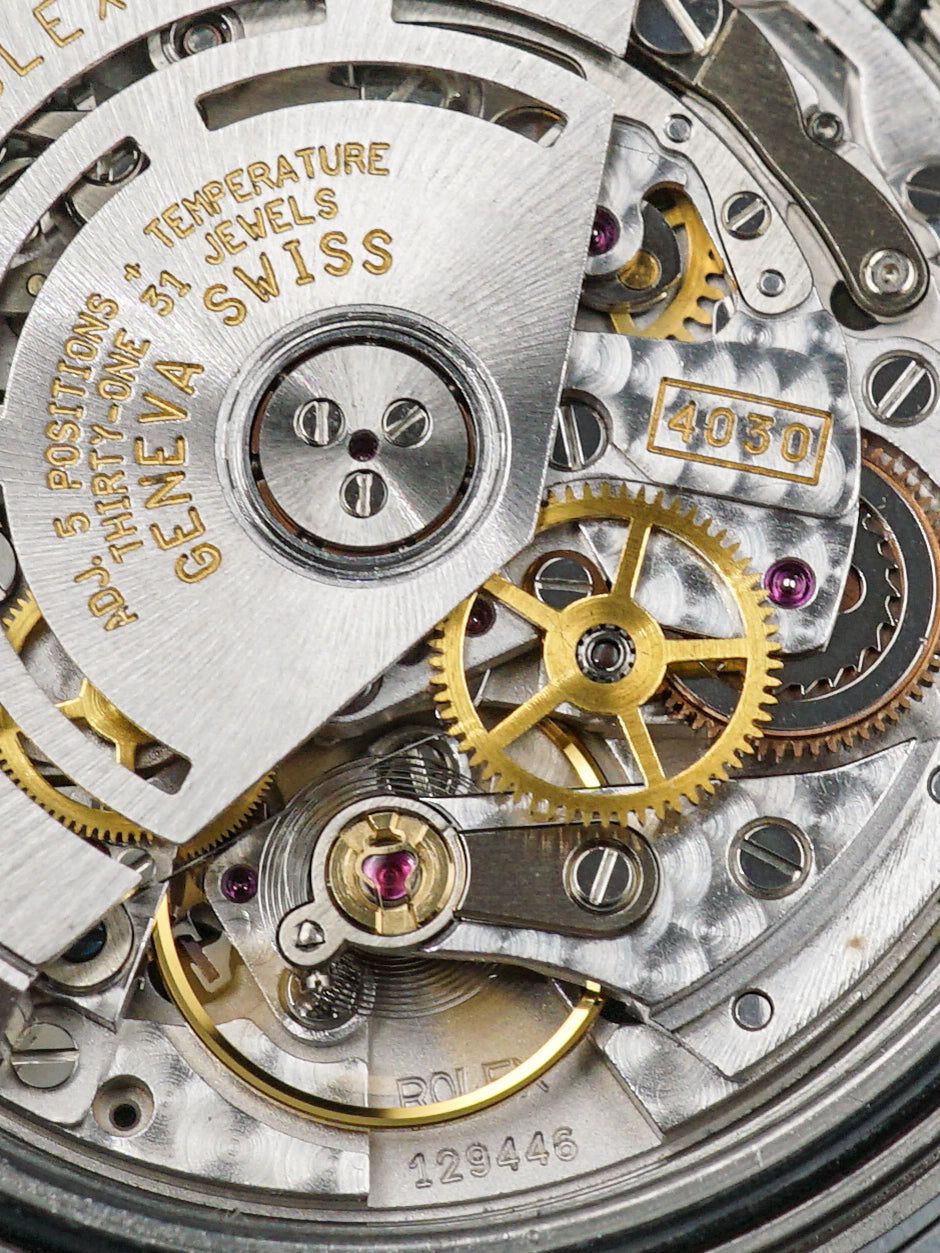
Performance
Despite being a category with wide margins for interpretation, performance is the one area where in-house movements often edge out their generic counterparts. Simply put, if you are specifically designing a movement to offer an extra-long power reserve or to feature certain highly-specialized complications, then the end-product will almost certainly excel in those specific areas. How functional or truly useful those specialized complications are is also open to interpretation and we feel the need to mention that this is often a space where watch brands grandstand a bit. Hyper-specific complications can be looked at as the guitar solos of the watch-making world; rarely necessary, but often very, very cool!
With that in mind, there are countless high-end generic movements that are more than capable of keeping time well-within chronometer standards, so unless you require some other specific feature or functionality from your wristwatch or are the type of collector that really appreciates over-the-top complications, then timekeeping performance alone should not be the reason to choose most in-house movements over their generic counterparts.
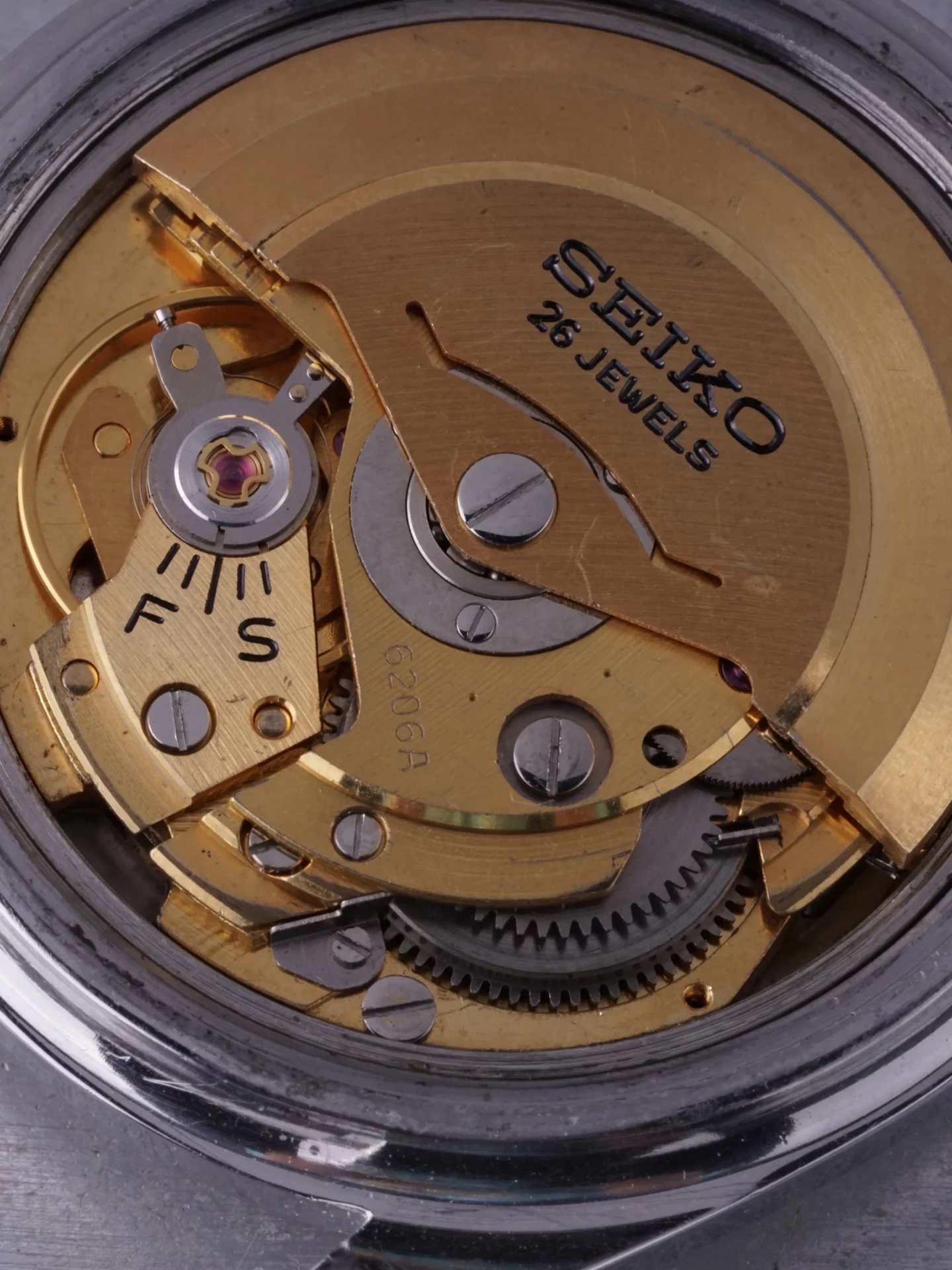 Seiko cal. 6206
Seiko cal. 6206 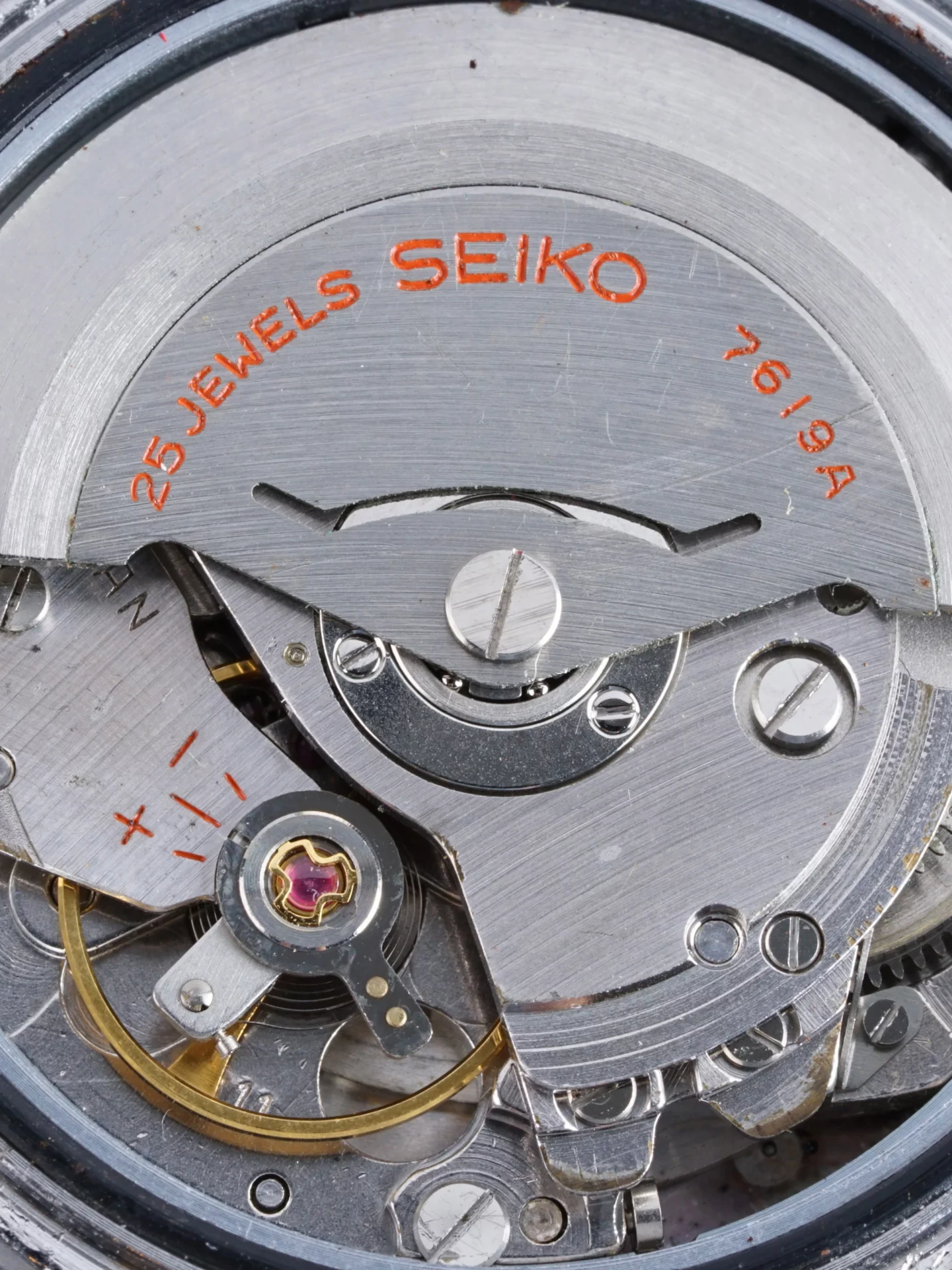 Seiko cal. 7619
Seiko cal. 7619 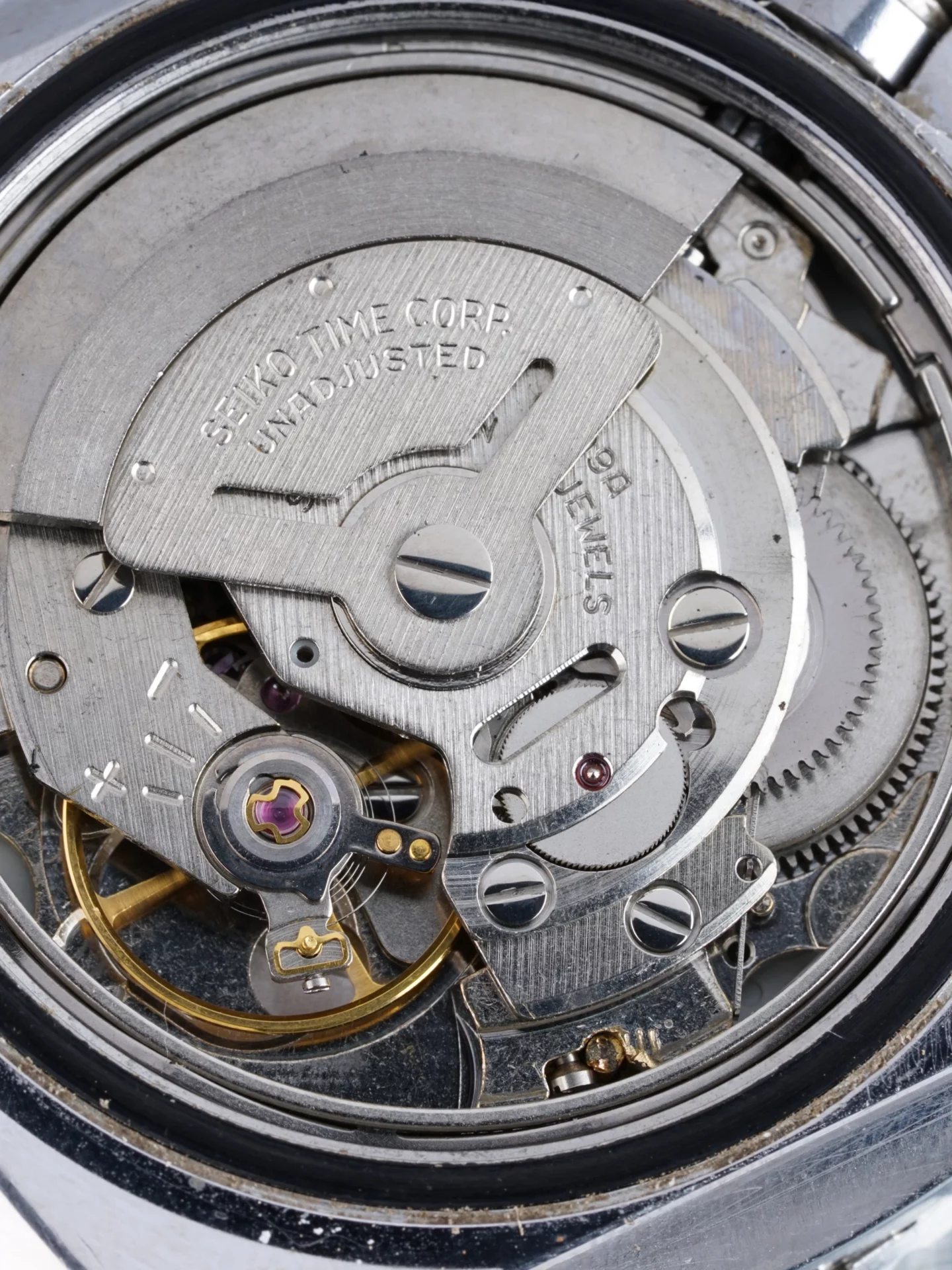 Seiko cal. 6309
Seiko cal. 6309 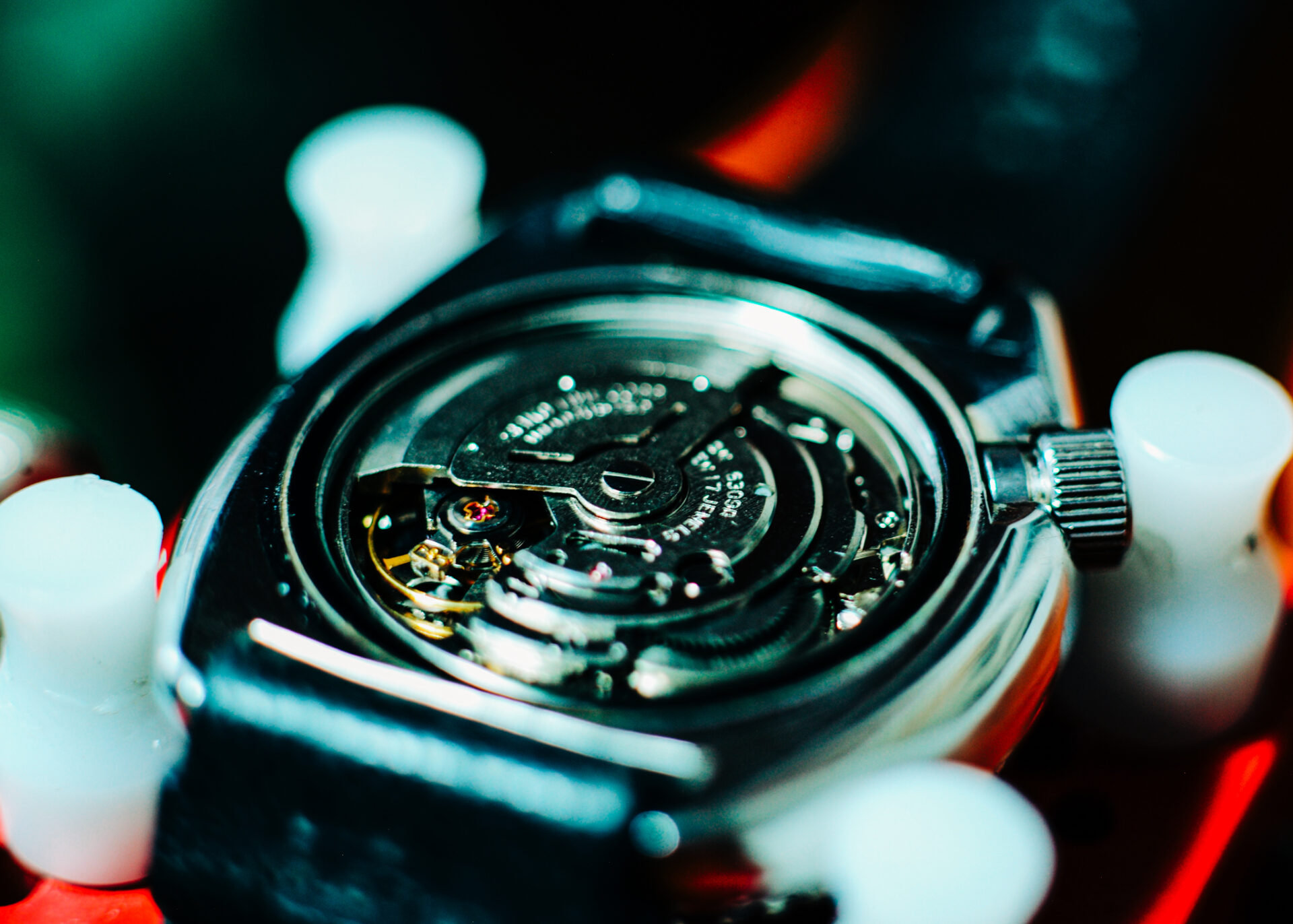
Reliability
The main objective of most off-the-shelf watch movements is to be reliable and easy to maintain. Think about it this way: if you are a movement manufacturer, the absolute last thing you want to do is sell hundreds of thousands of movements each year that have a lack of reliability baked into their design. The scale of production for generic movement manufacturers alone means that both quality of design and their quality control is going to typically be airtight.
In-house movements can also be incredibly reliable (just look at Rolex), but some in-house calibers exist in such small quantities or have existed for such short periods of time that there really is no way to accurately assess their overall long-term reliability. Conversely, the sheer quantity of examples that exist for generic movements, like the ETA cal. 2824-2, serves as real-world proof that these off-the-shelf calibers are reliable and easily serviced if something does go wrong. For this reason, many highly-regarded brands continue to use them in their watches each year.
Serviceability
Serviceability is one area where in-house movements simply cannot compete with generic ones. With an off-the-shelf caliber, any competent watchmaker can service your timepiece and unless you own something with a truly obscure or archaic movement, the availability of most replacement parts should never be much of a headache. However, when it comes to in-house movements, the complete opposite is typically true.
By their very definition, in-house movements are exclusive to a single brand, and that means that one brand is wholly responsible for the supply of replacement parts – and also potentially the only place to go to get the watch serviced! If the brand that makes your in-house movement ever goes out of business or that specific caliber gets discontinued and enough years pass that the company ceases making service/replacement parts, then you may find yourself hunting for obscure replacement components that are in short supply.
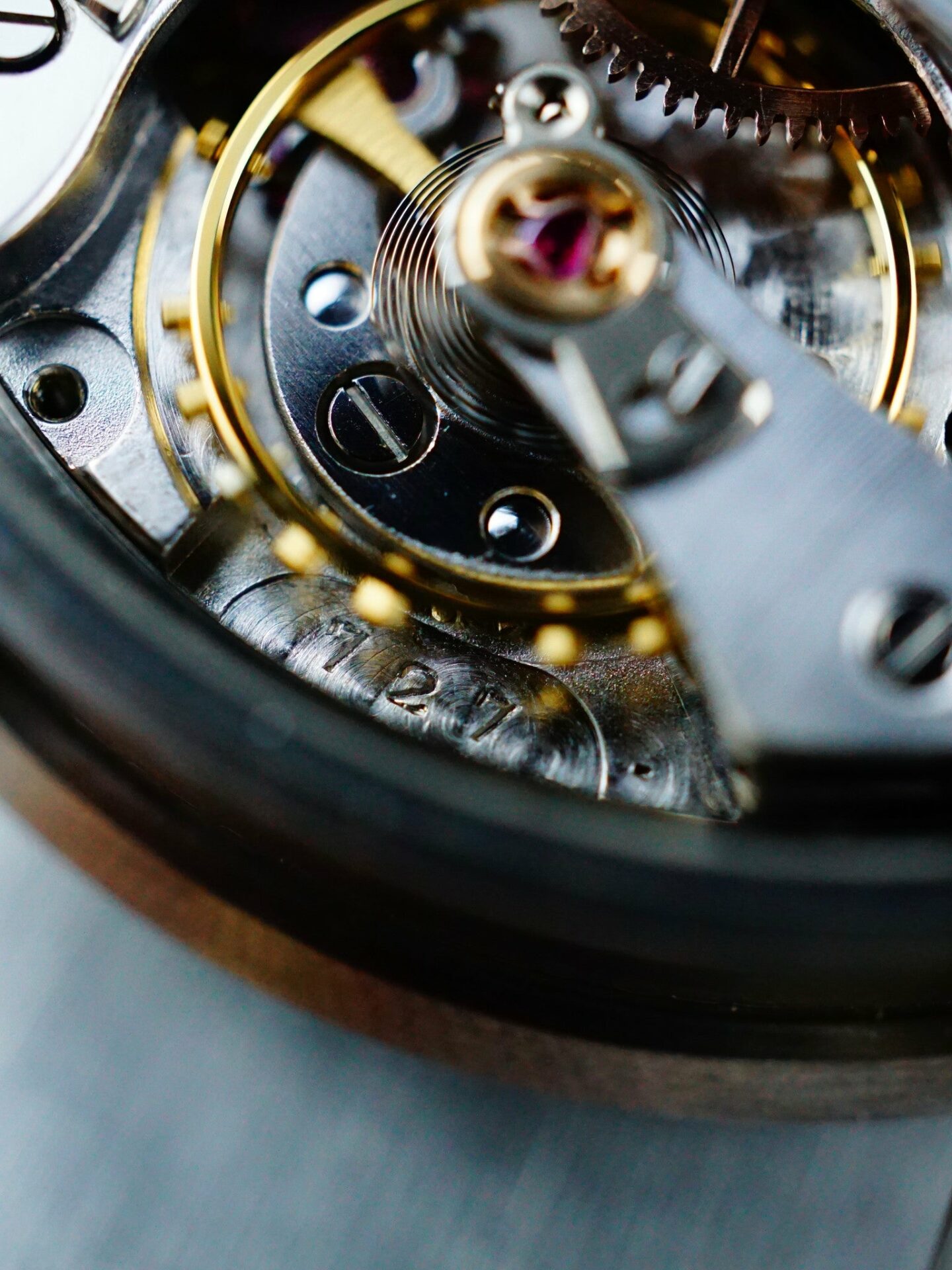
Cost of Ownership
Even if you are fabulously wealthy, you’d probably prefer to spend your money buying another watch than repairing one that you already own. When it comes to the average cost of ownership, generic movements almost always clock-in significantly below their in-house counterparts, and this is largely due to the exclusive nature of their designs and components.
Not only do these watches retail for more, but in-house movements typically cost more to service because you can usually only have it serviced by the marque itself – and we all know that factory service is almost always more expensive than the work of independents. And even if you can find an independent watchmaker that is up to the task and has access to service parts, in-house movements typically cost far more to service based on the price of their replacement components alone.
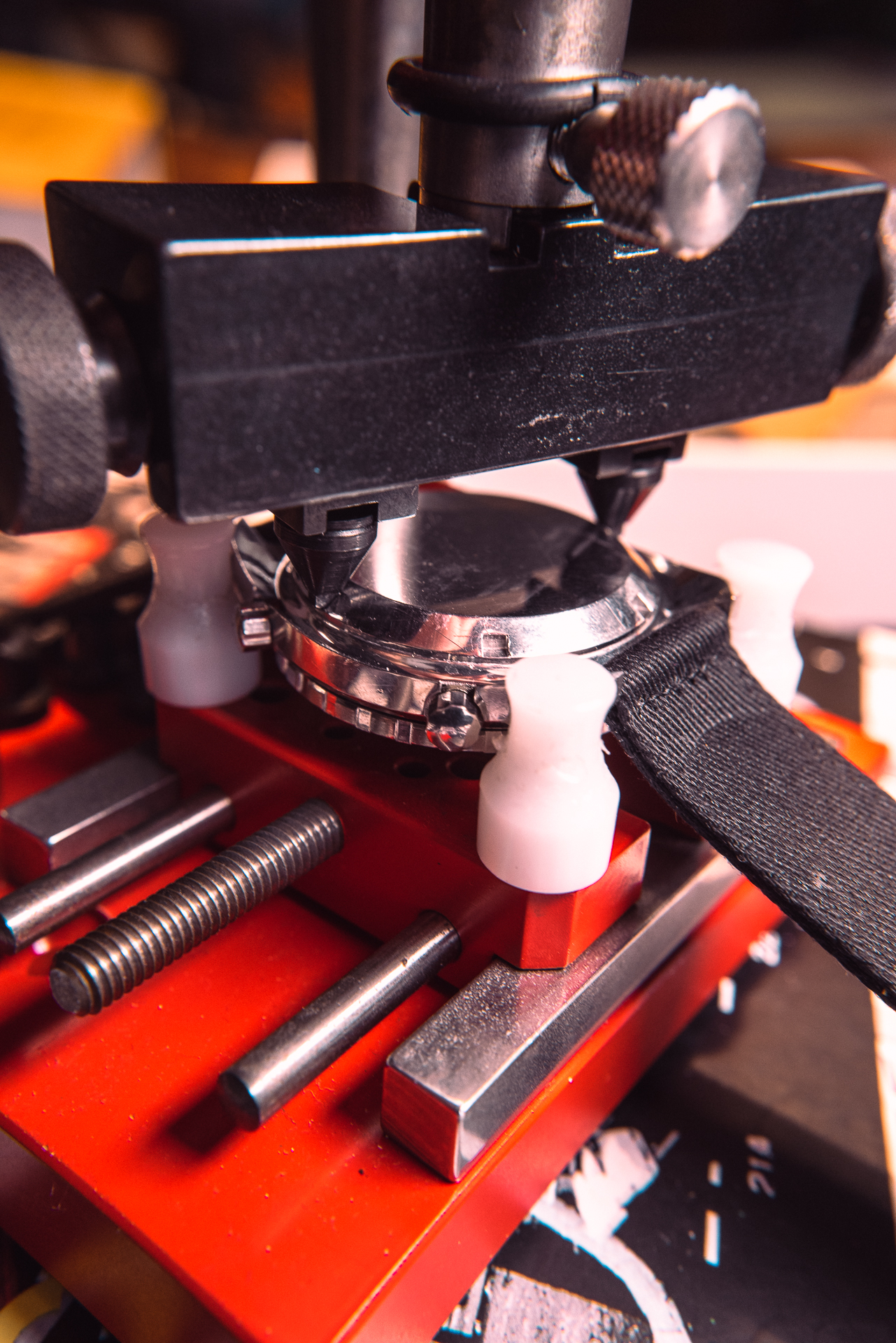


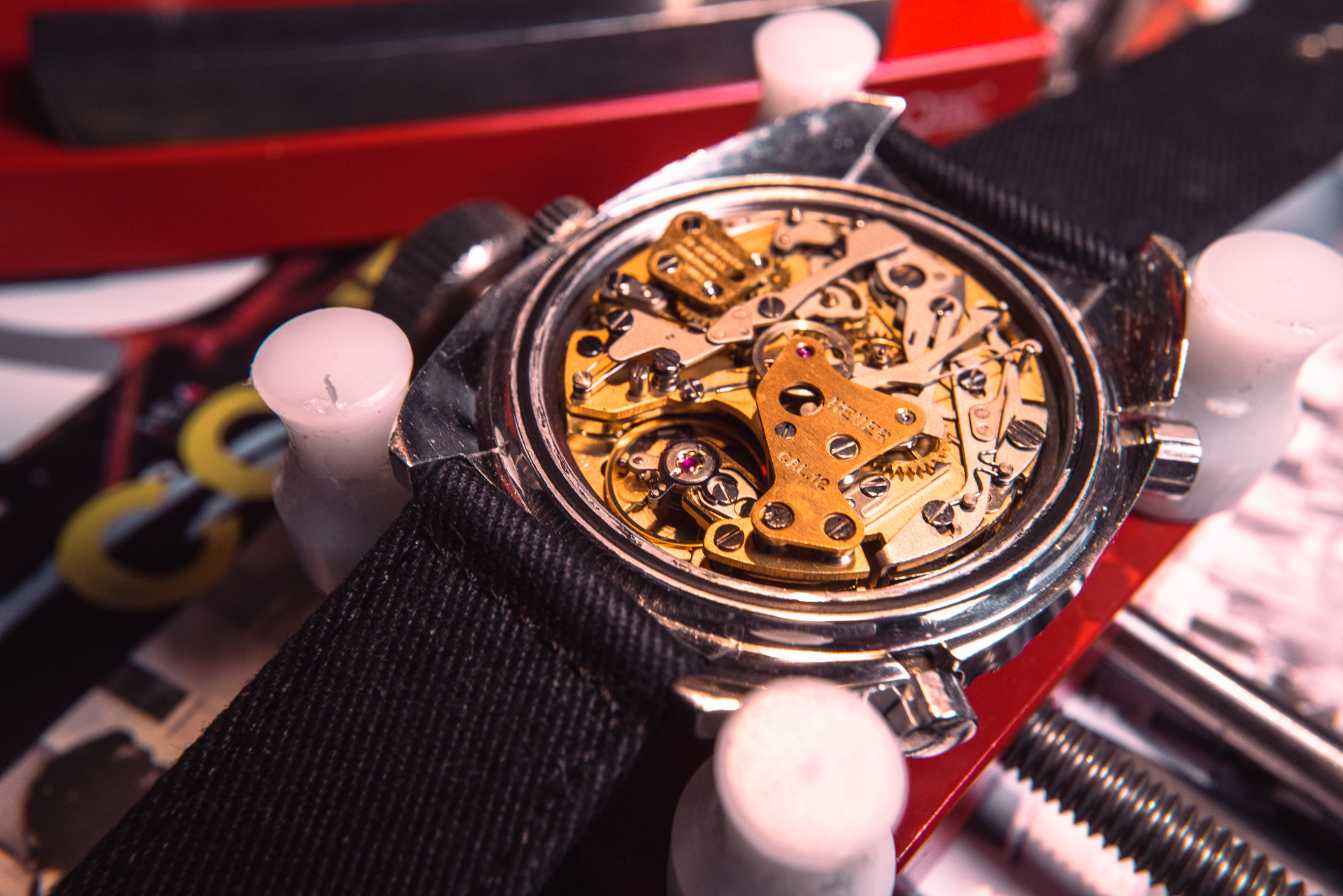
Excluding additional capabilities and certain aspects of overall performance, in-house watch movements are almost always less practical than their generic counterparts, so why does the industry place such a premium on them? Is it just self-manufactured hype?
For starters, in-house movements are often able to offer more advanced and specialized features, and many collectors place significant value on interesting and unusual complications. But when you really step back and look at the various options out there, nearly all of the most interesting and advanced mechanical calibers are in-house movements. Watch collectors who have seen it all can’t get excited about generic, ETA-based designs because they’re not exactly exotic, but a big part of the reason why we love complications such as minute repeaters and esoteric calendar functions is that they’re exclusive and not found on most watches!
At the heart of the matter is exclusivity. It’s deeper than the name of the marque on the dial or the number of examples produced; an in-house movement adds another level of exclusivity and this can mean everything to collectors. Owning an in-house movement can sometimes be viewed as participating in a specific brand’s pursuit of horology, and for legendary manufacturers that have been producing watches for more than a hundred years, this can add a certain intangible value that makes a watch much more than the sum of its parts or the functions it offers.
From a purely practical standpoint, in-house movements are hardly ever superior to their generic counterparts. However, the love of mechanical watches in 2022 is almost never even remotely grounded in the mundane world of objective practicality. If it were, we would likely all be wearing something entirely uninspiring like one of those cheap plastic digital numbers that cost about as much as a decent sandwich.
In-house movements might be more expensive and overall less practical. However, we also must accept that it is the pursuit and creation of in-house calibers and the varied approaches to watchmaking that different brands take that breathes life and diversity into this hobby and makes it one that we all love and enjoy.

Check out 'Reference Tracks' our Spotify playlist. We’ll take you through what’s been spinning on the black circle at the C + T offices.

Never miss a watch. Get push notifications for new items and content as well as exclusive access to app only product launches.
Sign up for our newsletter to receive updates and exclusive offers